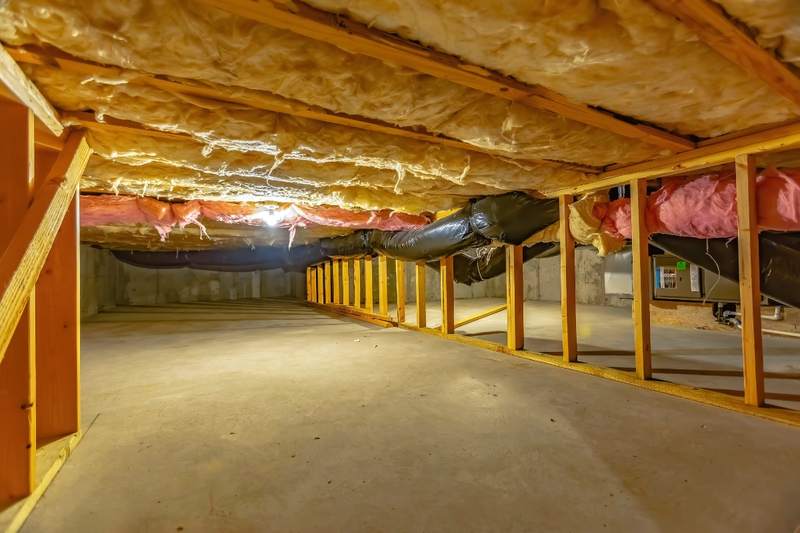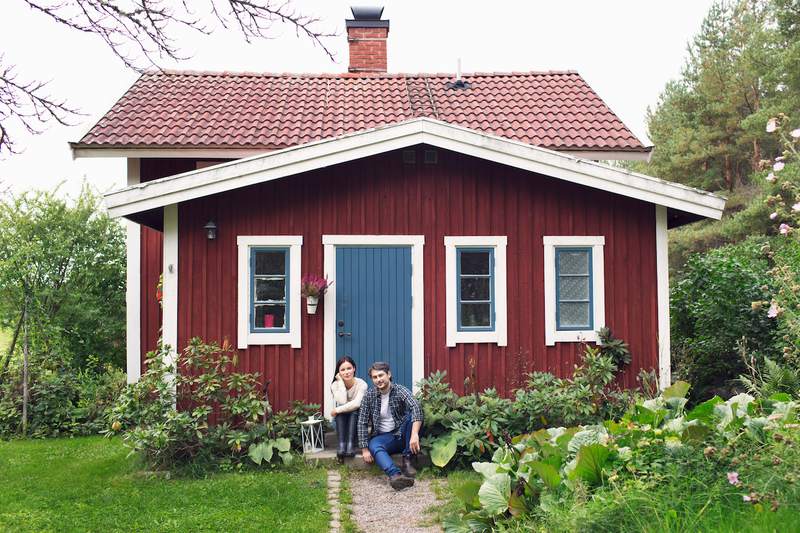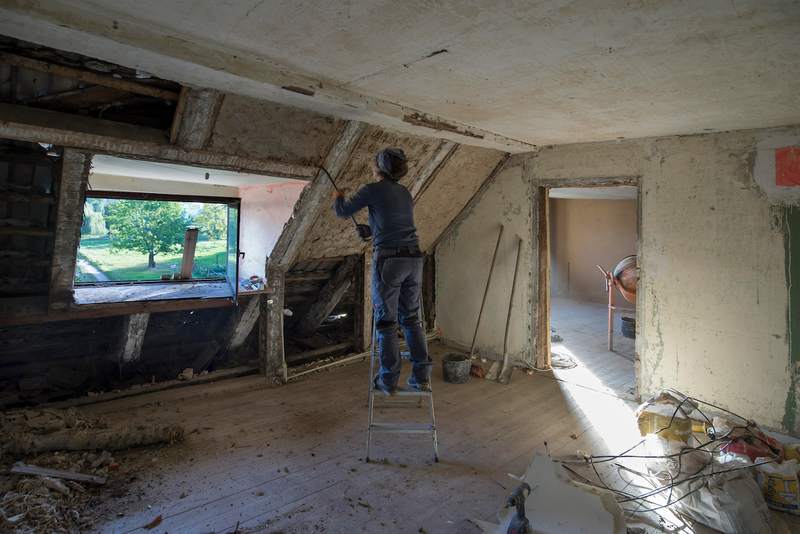
One of the costs you need to consider when buying a home is homeowners insurance. Homeowners insurance pays for losses or damage to your property in the event of an insured disaster.
It takes a lot of time, effort, and money to buy a home, so you’ll want the peace of mind that your investment is financially covered. Homeowners insurance helps ensure this.
Here’s how homeowners insurance works, the various levels of coverage, and the different types of homeowners insurance policies.
Do You Need Homeowners Insurance?
While homeowners insurance isn’t mandatory by law, mortgage lenders typically require you to show proof of coverage. Since it has a stake in your property, your lender will want to protect its investment.
If you don’t have homeowners insurance, your lender is allowed to buy coverage on your behalf and charge you for it. However, the policy might be more expensive and only protect your lender.
Even if you aren’t getting a mortgage and homeowners insurance isn’t required, it’s still in your best interest to be covered against events that are beyond your control.
What Does Homeowners Insurance Cover?
Homeowners insurance often comes as a package policy. This means it provides coverage for your home, belongings, and personal liability.
Here’s a closer look at what a homeowners insurance policy typically covers:
Homeowners Insurance Coverage Explained
| Covered Area | What Homeowners Insurance Does | Typical Coverage Amount |
| Dwelling | If your home is damaged or destroyed by an insured disaster, the policy pays for repair or rebuilding costs. | You’ll want enough insurance to cover the cost of rebuilding your home. |
| Personal property | The policy covers clothing, furniture, equipment, and other personal belongings. Expensive items like furs and silverware come with limits. | Typically 50% to 70% of the insurance on the home’s structure. |
| Liability | The policy helps cover the cost of a lawsuit filed by someone who suffered an injury on your property due to an accident caused by you, your family, or your household pets. | Limits usually start at $100,000, but the Insurance Information Institute recommends buying at least $300,000 to $500,000 in liability insurance. |
| Medical payments to others | If someone other than a household member is injured on your property, then the policy pays for their medical bills — no matter who’s at fault. This also covers some injuries that happen off your property, such as if your dog bites someone at a park. It’s meant to settle medical costs for minor injuries and help you avoid lawsuits. | The limit is typically between $1,000 and $5,000, and applies to each person involved in an accident. Some policies may allow for increased limits. |
| Additional living expenses | If you must temporarily relocate due to an insured disaster, then the policy will reimburse your hotel and restaurant bills while your home is worked on. It also can reimburse you for lost revenue if you rent out part of your home. | Many policies provide coverage for roughly 20% of the insurance on your house. |
| Other structures | This covers repairs on structures that are detached from the house, like a garage. | This coverage is typically 10% of the insurance you have on the house. |
Levels of homeowners insurance coverage
There are different levels of coverage when it comes to how you’ll be reimbursed by a homeowners insurance policy. Here they are, listed from least extensive to most extensive coverage:
Levels of Homeowners Insurance Coverage
| Level of Coverage | How the Coverage Works |
| Actual cash value | Actual cash value means that depreciation will be deducted from the initial value of the property or personal belonging. |
| Replacement cost | This option doesn’t account for depreciation, which means you’ll get reimbursed for the cost of rebuilding or repairing your home — or replacing your items — up to your policy limit. |
| Extended replacement cost | If you need even more coverage to repair or rebuild your home, this covers a certain percentage over your policy limit — usually 20% to 25%. |
| Guaranteed replacement cost | This option will cover the full cost of repairing or rebuilding your home,regardless of coverage limit. However, it isn’t available from every provider. |
What Is Not Covered By Homeowners Insurance?
A standard homeowners insurance policy protects you against a number of disasters — but not all of them. Damage from the following disasters aren’t typically covered:
- Flooding and earthquakes (these are separate policies).
- Natural wear and tear.
- Problems caused by neglect or lack of maintenance.
- Power failure.
- Termites.
- Pollution.
- Enforcement of building codes.
- Intentional acts.
- War.
- Nuclear hazards.
Types of Homeowners Insurance Policies
Homeowners insurance policies differ based on the amount you can get reimbursed for and the types of disasters you’re protected against. Some policies are geared toward specific types of homes.
Here’s a breakdown of the different types of homeowners insurance policies:
Types of Homeowners Insurance Policies
| Policy | Availability | Level of Coverage | What It Covers |
| HO1 | This type of policy isn’t available in most states. | Most basic level of coverage. | Only provides coverage for some disasters. |
| HO2 | Some providers offer HO2 insurance, but most only offer HO3. | Coverage is limited to specifically named losses. | Only covers disasters that are listed specifically in the policy, and no others. |
| HO3 | This type of policy is the most common and widely available. | Offers a higher level of coverage than HO2 policies. | Covers your home and belongings against fire, smoke, wind, ice, theft, and more. It protects your home against all disasters except those specifically excluded in your policy. |
| HO4 | Intended for renters. | The same coverage as HO3, plus additional coverage. | Covers your belongings against the same perils as HO3 insurance, but also includes liability protection. |
| HO5 | HO5 policies are less available than HO3 policies, and more common among newer homes in lower-risk areas. | Offers the most extensive and comprehensive coverage. | Unlike HO3 insurance, which lists the disasters you are covered from, HO5 insurance covers anything not specifically listed. It also reimburses you for the replacement cost as opposed to the actual cash value. |
| HO6 | Intended for condominium owners. | Coverage is tailored to what you own, plus additional coverage. | Covers your personal belongings, any parts of the building you own, and personal liability. |
| HO7 | Intended for owners of mobile or manufactured homes. | Offers full coverage for owners of mobile homes. | Covers the structure of the home, your belongings, personal liability, and additional living expenses if you need to relocate. |
| HO8 | Intended for owners of older homes. | Accounts for depreciation, as opposed to full replacement cost. | Reimburses you for actual cash value as opposed to replacement cost. |
FAQ
Here are answers to some frequently asked questions about homeowners insurance.�











